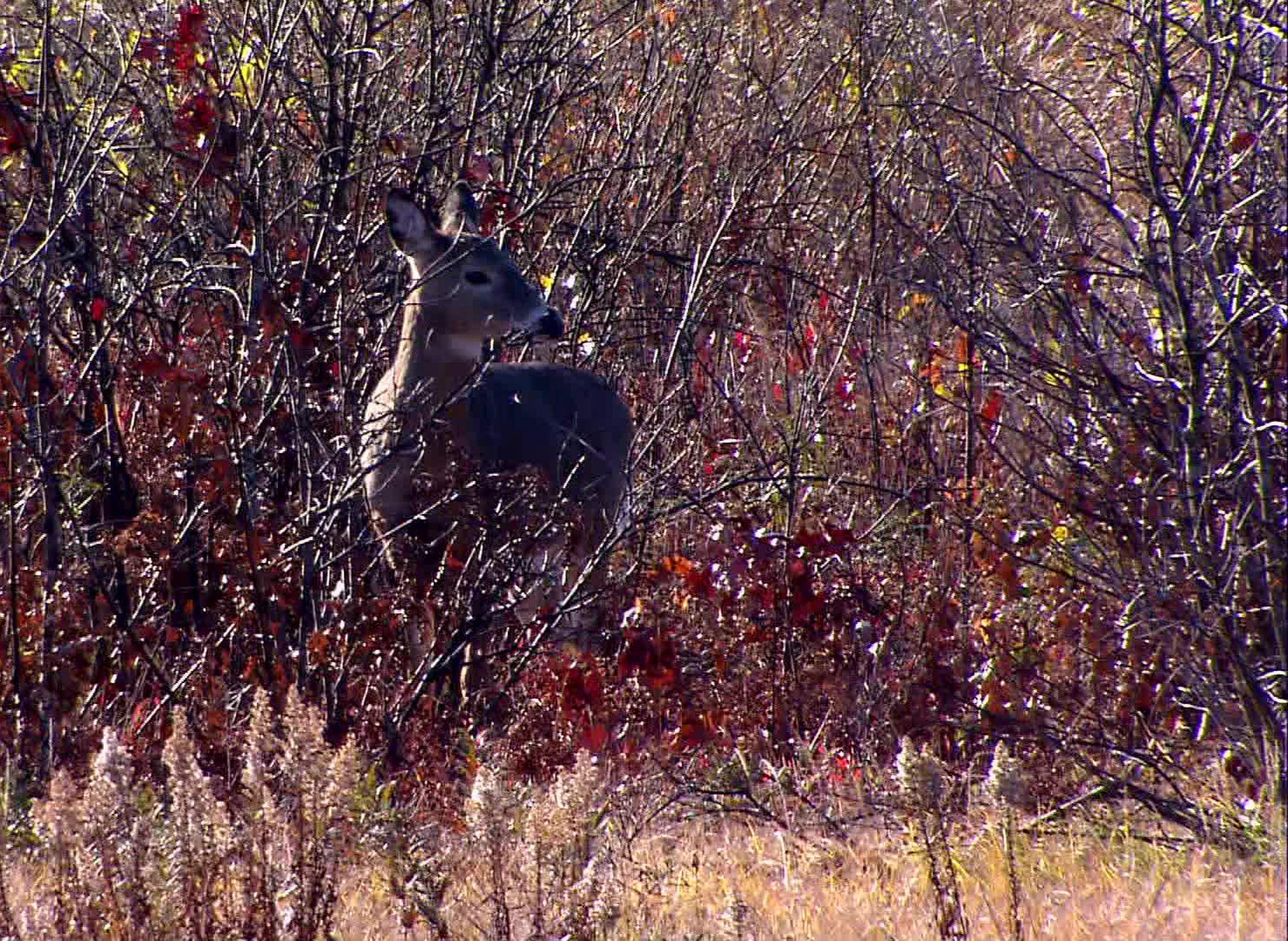
Wisconsin Public Television
Series: Chronic Wasting Disease In Wisconsin's Deer
The deer herd at the heart of Wisconsin's beloved hunting tradition faces a growing threat in the form of chronic wasting disease, caused by an infectious type of protein called prions. The Wisconsin Department of Natural Resources began testing for CWD in 1999, detecting more than 100,000 infected deer since, mostly in southern areas of the state. As DNR policies for monitoring CWD shift amid changing political priorities for wildlife management, hunters and scientists remain concerned about the disease's threat to the health of the deer herd.